Studies have shown a disconnect between where patients say they want to die and where they actually die. According to research from Stanford School of Medicine, although an overwhelming majority of Americans—about 80%—would prefer to die at home, just 20% do. In fact, 60% die in acute care hospitals, and 20% die in nursing homes.
For those choosing to die at home, the majority of care for those patients falls to family members and friends. Limited support may be offered by hospice care agencies, who provide advice and medical equipment, such as a hospital bed, oxygen machine, and wheelchair, and about 30 minutes a day of professional services from a nurse or aide, as well as some additional MD/ RN visits and expertise. However, family members are usually left on their own and may be unprepared and overwhelmed by the extent of care patients at the end of life need, including administering medications, feeding, bathing, toileting, and attending to patients’ typical end-of-life symptoms, such as breathing difficulty and confusion. The chronic physical stress of family caregiving coupled with the emotional distress of seeing the steady decline in a loved one’s health can lead to myriad health problems, including high blood pressure, diabetes, a compromised immune system, fatigue, anger, and depression—a cluster of maladies now recognized as caregiver syndrome.
“Unless a family has the significant financial resources to hire nurses and aides to supplement in-home hospice care, informal caregivers become responsible for nearly all of the care of their loved one. These tasks become progressively more difficult as the dying person weakens,” said Richard Leiter, MD, MA, Palliative Care Physician and Researcher in the Department of Psychosocial Oncology and Palliative Care at Dana-Farber Cancer Institute and Brigham and Women’s Hospital and Instructor of Medicine at Harvard Medical School. In a wide-ranging interview with The ASCO Post, Dr. Leiter discusses the complex realities and unintended consequences of dying at home.
Read the full article by Jo Cavallo in The ASCO Post here.


